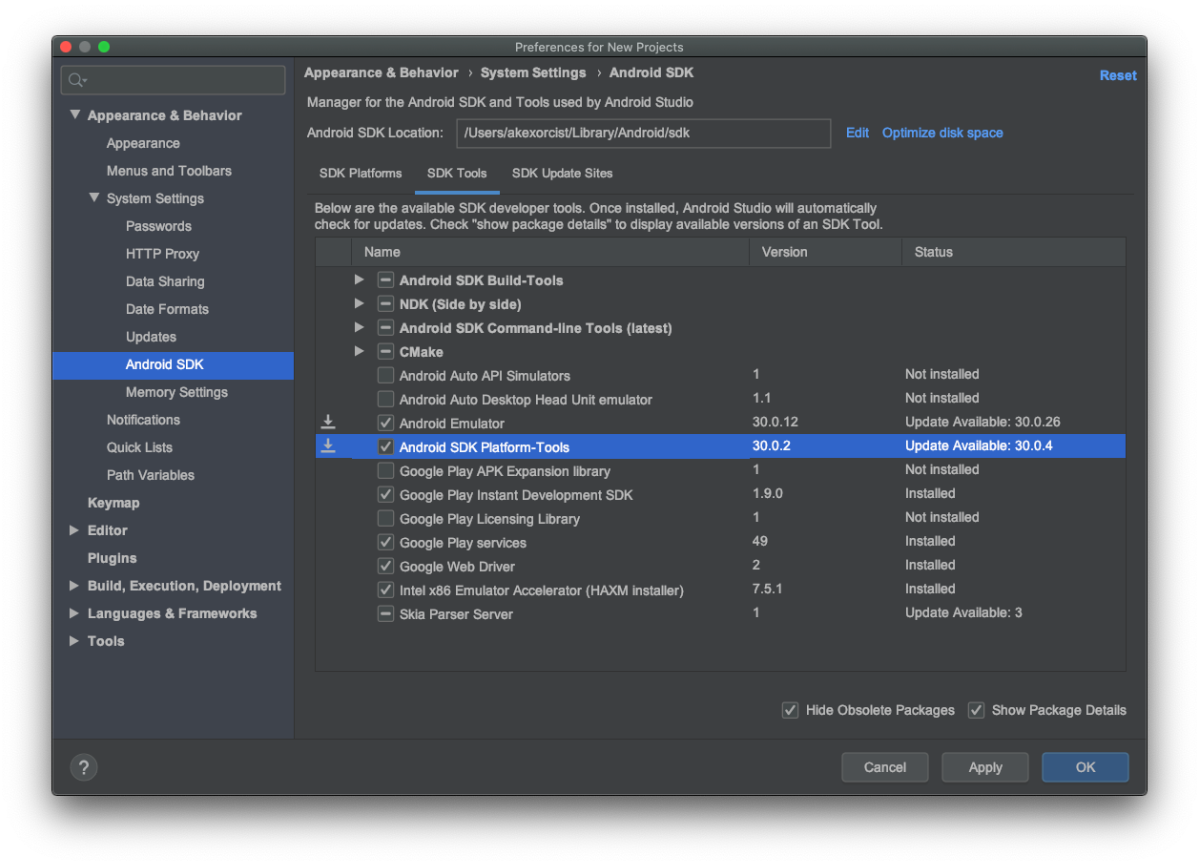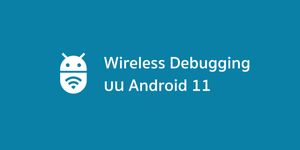
So, what exactly is debugging anyway? Well, debugging is the process of finding and resolving bugs. If you’re new to Android, please check out our Android Apprentice book for a complete guide to Android development. Note: This book requires knowledge of the fundamentals of Android development. Throughout this book, you’ll use the PodPlay sample app to learn about the debugging tools available to you. By the end of the chapter, you’ll be able to connect the debugger to the sample app running on either a device or emulator. You’ll also learn about some of the basics of the Android Debug Bridge (ADB) that powers these debugging tools. In this chapter, you’ll set up your debugging environment using the built-in tools Android Studio provides. That doesn’t mean it has to be a scary feat to undertake. The app seems to launch, hooray! But, to your dismay the app crashes not a moment later! What do you do now?ĭebugging is the core of every development process, and there is no exception with Android.

Imagine you finish an important feature for your Android application and you attempt to run it on your device. 12.4 Best Practices for Energy Management.12.3 Inspecting and Optimizing Energy Consumption.10.5 Identifying and Improving Memory Performance: Detecting Memory Leaks.Section II: The Android Profiler Section 2: 5 chapters Show chapters Hide chapters 8.5 Practical Example: A Simplified Work-Chain.8.1 Starting the Background Task Inspector.

Debugging WorkManager Jobs With Background Task Inspector




 0 kommentar(er)
0 kommentar(er)
